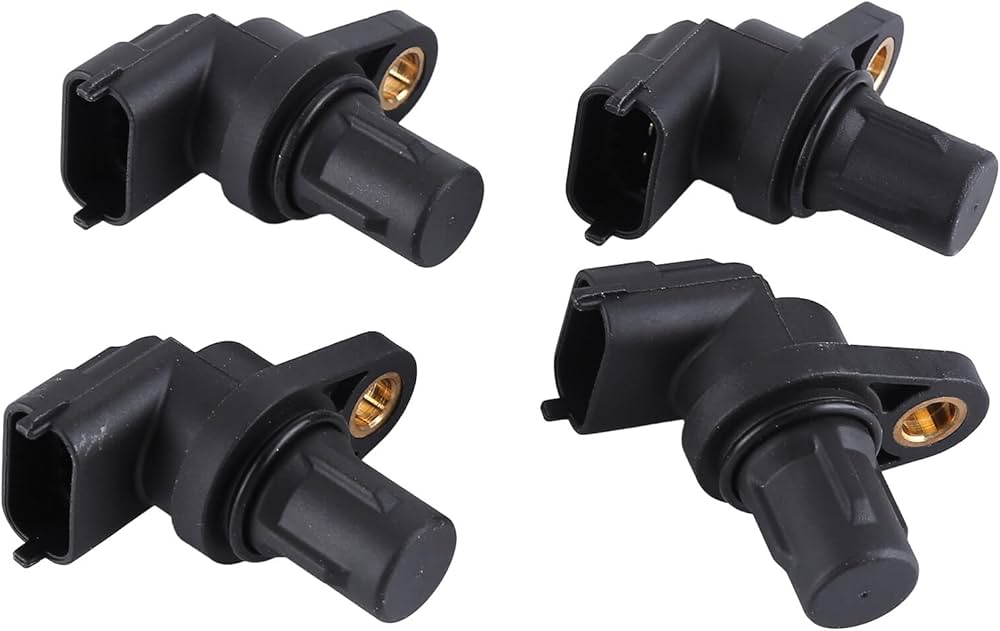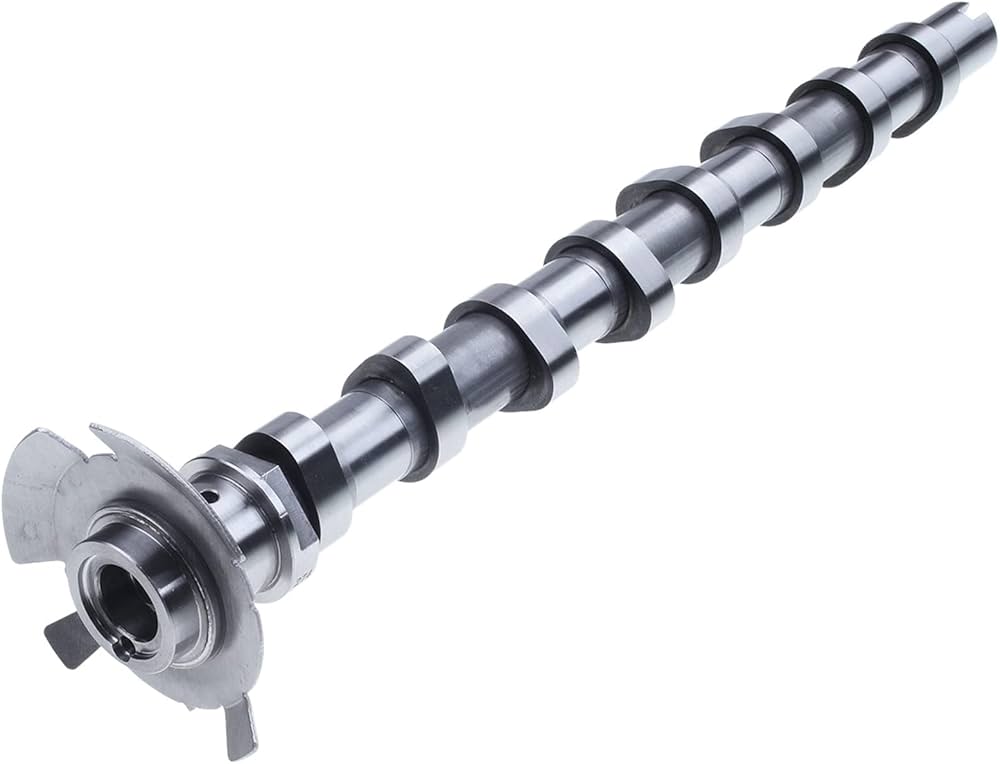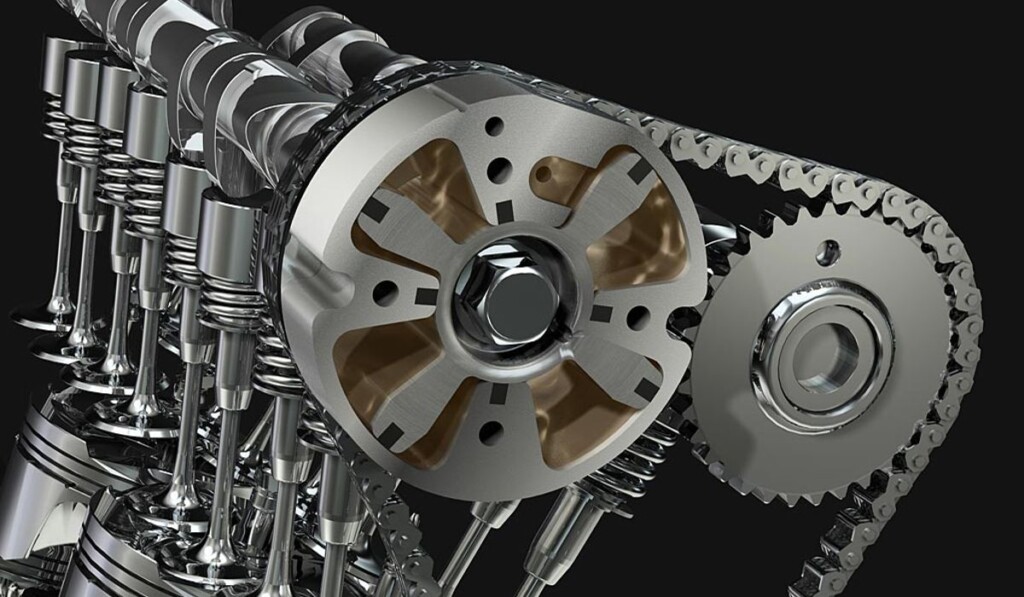Encountering a P0025 error code on your Mercedes-Benz might feel daunting, but grasping its meaning can simplify the repair process. This code signals that the exhaust camshaft timing in bank 2 is overly delayed, which could lead to reduced engine performance or even serious damage if ignored.
To tackle a P0025 code, start by pinpointing potential causes like a malfunctioning camshaft position sensor, a worn-out camshaft, or problems with the variable valve timing system. Understanding these issues equips you to discuss solutions confidently with your mechanic and keep your Mercedes running smoothly.

What Does the Mercedes P0025 Code Mean?
The P0025 code points to an issue with the “B” camshaft timing being too delayed in bank 2 of your Mercedes’ engine. This can disrupt how efficiently your engine runs, affecting its power and overall performance.
Bank 1 vs. Bank 2 Explained
Your Mercedes engine is split into two sections: Bank 1 and Bank 2. Bank 1 houses the first cylinder, while Bank 2 covers the opposite set of cylinders in V-shaped or flat engines. The P0025 code specifically affects the exhaust camshaft timing in Bank 2, helping you zero in on the problem area.
Why the Exhaust Camshaft Matters
The exhaust camshaft is vital for your engine’s efficiency. It manages the opening and closing of exhaust valves, ensuring exhaust gases leave the engine smoothly. If the timing is off, as indicated by the P0025 code, the engine control module (ECM) detects that the camshaft in Bank 2 is lagging behind its intended position, which can harm performance and risk engine damage.

To resolve the P0025 code, inspect components like the camshaft position sensor, timing chain, and camshaft actuator. Identifying the exact issue allows you to fix it effectively, keeping your Mercedes engine in top shape. Proper camshaft timing is key to your vehicle’s health and performance.
Signs of a P0025 Code in Your Mercedes
A P0025 code can trigger noticeable symptoms in your Mercedes, signaling trouble with the camshaft timing. Here are key signs to watch for:
The check engine light may illuminate on your dashboard, warning you of a timing issue. Ignoring this light could lead to bigger problems, so act quickly.
You might notice higher fuel consumption. Incorrect camshaft timing can make your engine burn more fuel, increasing costs and inconvenience.
A rough idle is another clue, where your car feels shaky or unstable when stopped at a light or parked. This suggests the camshaft timing needs adjustment.
Engine stalling is a serious symptom. Your Mercedes might lose power while driving or fail to start, posing safety risks that require immediate attention.
What Causes the P0025 Code?
The P0025 code means the exhaust camshaft timing in Bank 2 is too delayed. Several factors could trigger this issue, including:
A faulty variable valve timing (VVT) system, which adjusts valve timing for optimal performance, could be to blame. A defective VVT solenoid or mechanical issue might cause the code.
Damaged or loose wiring connections to the oil control valve (OCV) or camshaft position sensor can disrupt signals, leading to improper camshaft positioning.
The camshaft itself in Bank 2 might be misaligned due to issues with the oil control valve or insufficient lubrication, affecting timing accuracy.

How to Fix the P0025 Code
Start by diagnosing the root cause of the P0025 code. Check the wiring and connectors for damage or corrosion. Refer to your Mercedes’ repair manual for model-specific guidance.
If the wiring is fine, examine the camshaft position sensor, which monitors camshaft position and adjusts timing. A faulty sensor could trigger the code, and a mechanic can help if you’re unsure about replacing it.
In some Mercedes models, the camshaft adjuster magnet (solenoid) may be faulty. Replace it with part number A272 050 00 77. Consider replacing all four magnets to avoid future issues.
To save on repairs, try these cost-cutting tips:
- Use your repair manual and online tutorials, like YouTube videos, to learn DIY repairs.
- Get a quality OBD2 scanner to diagnose issues yourself and avoid costly shop fees.
- Look for discounts on parts at auto stores or online retailers.
- Shop around for repair shops with fair rates and good reviews to avoid overcharges.
In short, fixing the P0025 code involves checking wiring, the camshaft sensor, and the solenoid. Proactive maintenance and smart cost-saving strategies can keep repair expenses low.
Conclusion
Addressing the P0025 code promptly is essential to keep your Mercedes performing at its best. Quick action prevents further engine damage and ensures a safe, smooth drive. Consult a trusted mechanic for expert help, and stay on top of regular maintenance to protect your vehicle’s longevity.